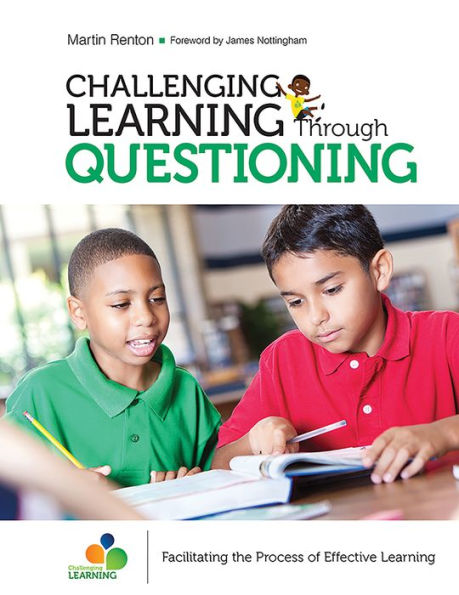Martin Renton is Challenging Learning′s Director of Consultancy and Evaluations. He is a highly sought-after keynote speaker, leader, facilitator and coach.
Martin’s excellent reputation is well earned. His core belief that professional development is not a ‘quick fix’ but a deep process of change has led to some very powerful effects in schools and colleges around the world. Teachers and leaders who have worked with Martin over an extended period of time refer to increased engagement, motivation and progress for all students.
Martin ensures that all our Challenging Learning trainers blend theories of learning with active tools for the classroom, giving teachers and leaders the opportunities to put into practice new skills and approaches. The effect can be seen most dramatically in our long-term projects around the world. The most significant of these are in Sweden, Denmark, Norway, Isle of Man, Northern Ireland, Australia and New Zealand.
Martin’s knowledge of pedagogy and leadership is borne out of his experiences in schools and colleges as a teacher, leader, consultant and coach. His early experiences as a nanny (2-9 year olds), then as a teacher and leader in middle schools (9-13 year olds), secondary schools (11-18 year olds) and colleges (16+) have given him a comprehensive insight into how people learn from the age of 2–adulthood. Martin uses these insights to challenge, inspire and engage his audiences.



